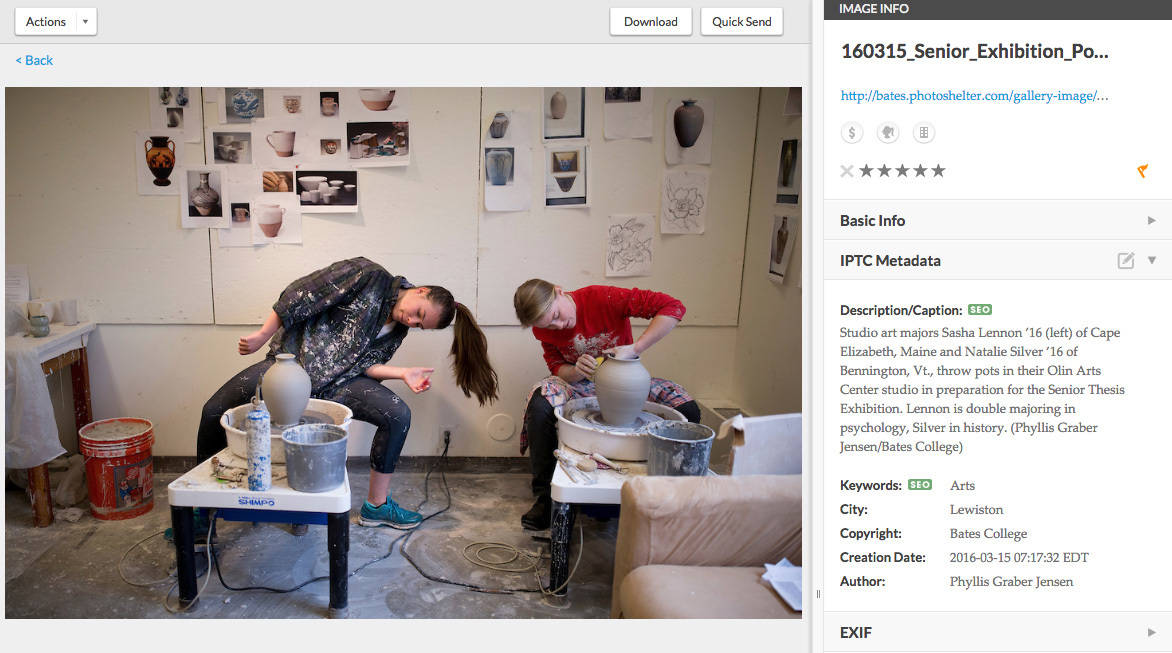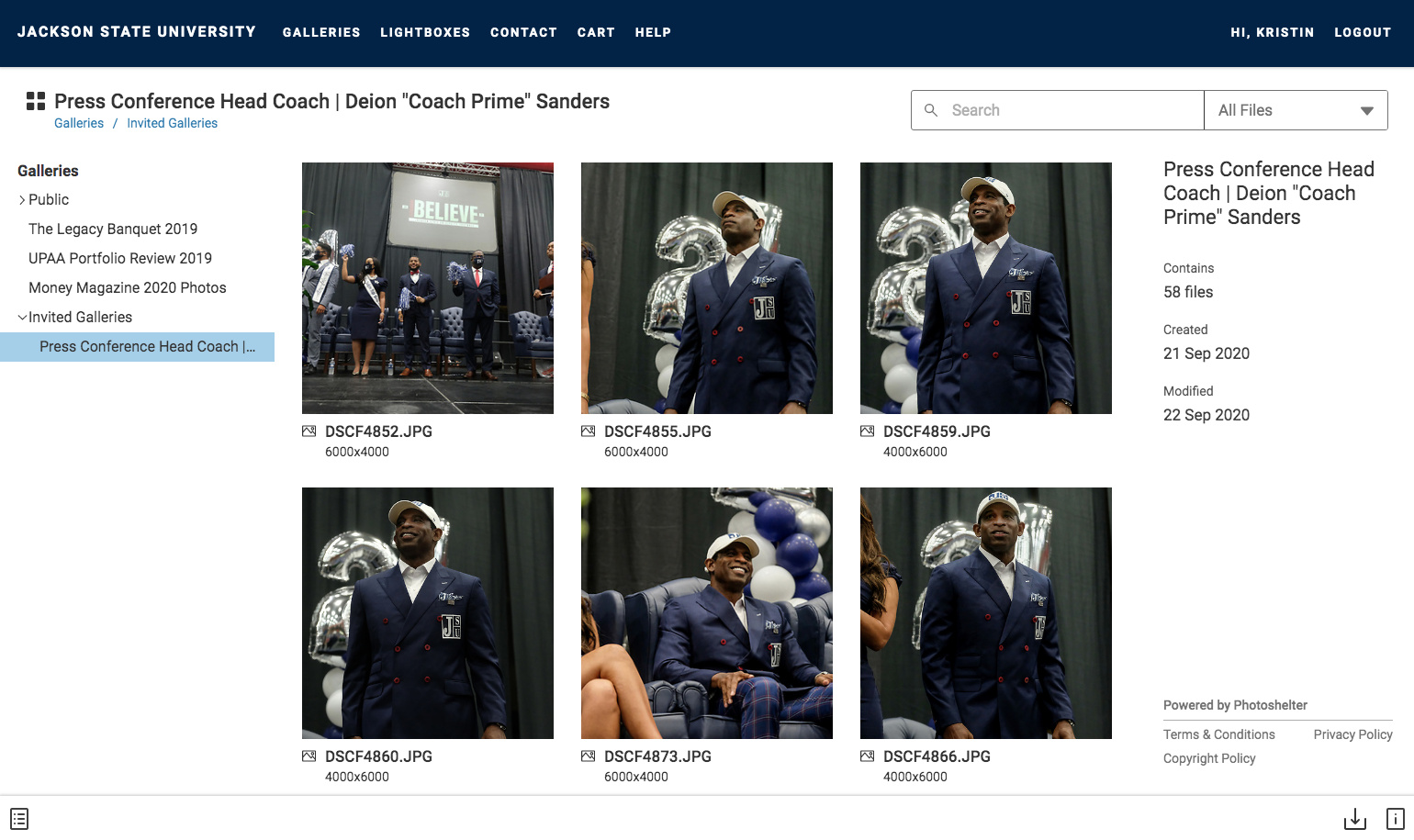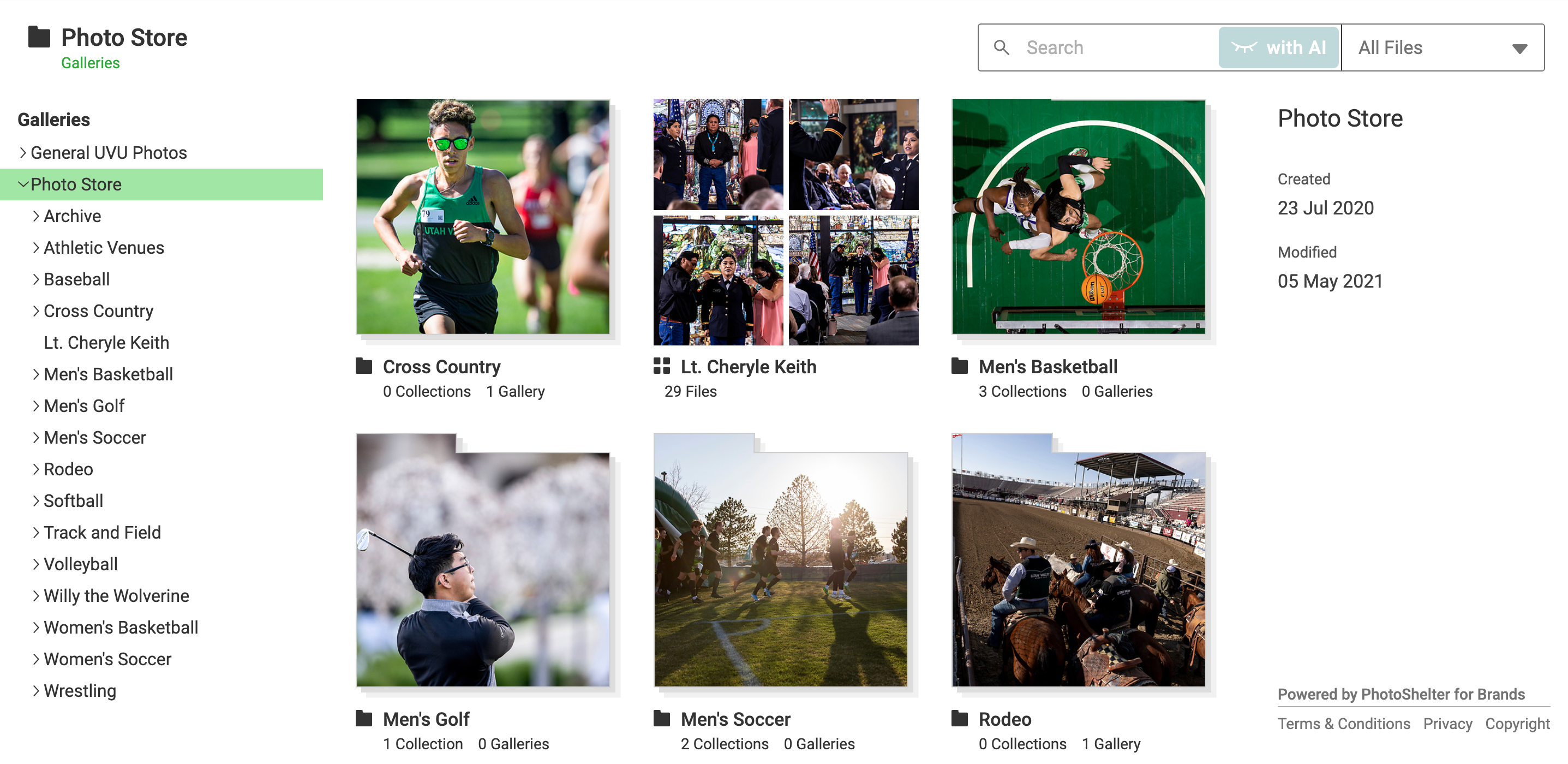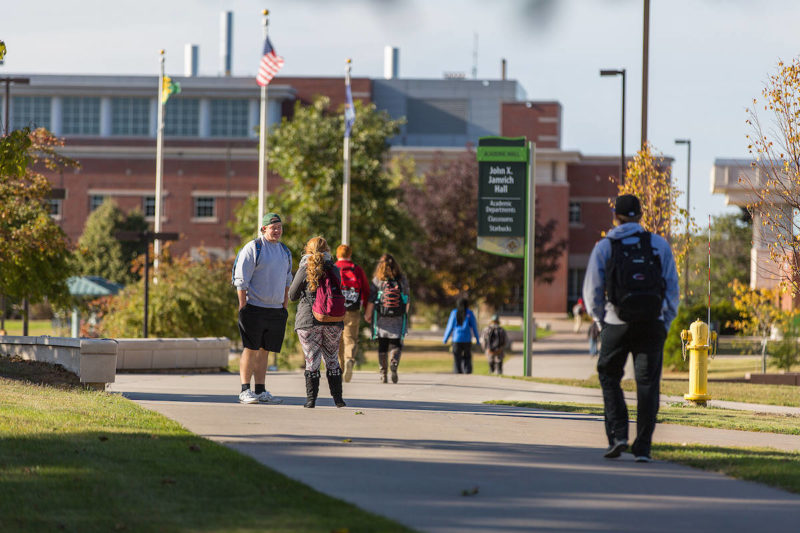How can your university’s communications team optimize your visual content? Here are five tips that will help you get more from every photo and video in your visual media library.
Share Content Fast on Social Media
Don’t wait to publish photos or videos until after an event is over. Share them in the moment, while your audience is paying attention.
How Brigham Young University Does It
“Our goal is to beat the cell phone images on social media,” says Nate Edwards, Manager of Photography on BYU’s Photo Team.
BYU’s Photo Team is able to have their images uploaded to PhotoShelter for Brands as quickly as 3 seconds after they’re taken at a game with a Real-Time Workflow:
Want to achieve this workflow at your university? Here are step-by-step instructions.
Leverage Metadata for Searches, Captions & More
Not only does metadata power fast search, but the added context can help you make better use of the photos, whether you’re sharing them immediately or archiving them for the future.
How Bates College Does It
The team at Bates College uses the IPTC Description/Caption field to capture context that could turn into an Instagram caption, newsletter copy or information for a blog post. Check out how this photo looks on the back end of their visual media library, complete with Description/Caption, who took the photo, where and when it was taken.

Now, see how the metadata informs the caption when the photo appears on the school’s Instagram.
Metadata also helps you reduce the risk of incorrectly crediting an image. If your university sources content from a number of photographers and videographers, you need to preserve that information and track your usage rights. Metadata helps you keep track, since it always travels with the image. Bonus tip: Use a metadata policy to keep everyone on your team on the same page.
Make Your University’s Content More Accessible
Your school’s photography can meet a wide range of demands for people across the university. You might use one photo shoot to sell tickets to your spring musical on the website, share highlights on social media, and commemorate the performance in the alumni magazine well after the curtain falls.
These different uses are most likely handled by people in a number of different departments, so you need to make your content easily accessible. Store all of your content in one cloud-based library, then grant access to everyone who needs to use that content. Here are two ways to do that:
- A centralized platform like PhotoShelter that can house all of your content in one place
- A single-sign-on (SSO) that allows multiple users to access photos with a single username and password.
How University of Miami Does It
The University of Miami Athletics department has a visual media library of more than half a million images. The team uses PhotoShelter to make all of that content available to people across the university so a photo like this:

… could live on in email blasts, next year’s baseball posters, sales collateral, and perhaps new prints to hang up in the locker room.
Repurpose Content
When you invest in creating content, you should use it in as many ways as you can to get the highest return on your investment. (Plus, your students and alumni will love a good #TBT).
Following the steps above will help to repurpose your content. Adding metadata to your visual assets will help when searching for files, allowing you to find them quickly when you need to use them again and again. Plus, you must have an easily accessible library – a go-to place for finding content.
How Jackson State University Does It
For example, back when Deion “Coach Prime” Sanders arrived as the new head coach at Jackson State University, press photos were the talk of the town.
Now, as Sanders continues his coaching legacy in Colorado and makes headlines in the world of college football, Jackson State has a repository of memorable moments to share from their archive. Easy access to these press-worthy moments makes repurposing content a simple task for the marketing and communications teams.

Repurposing content helps you get more from your investment in photos and videos, but more importantly, it allows you to highlight important moments in your school’s history.
Sell Photos
Selling your photos is a fantastic way to generate revenue from work you’re already doing. The same photos that are catching the eyes of your followers on social media and on your website could also make a meaningful graduation gift or framed photo.
How Utah Valley University Does It
Many schools and universities like Utah Valley University use their digital asset management system as a place to house their Photo Store – a dedicated image bank where students, parents, alumni and more can download and/or purchase images. Here are more tips on how to run a profitable university photo store.

Whether you’re selling sports imagery, snapshots from festivals or arts events, or landscape shots of your campus, populating an image bank with all of your best photos will provide an added service for your students, alumni, and greater college community.



